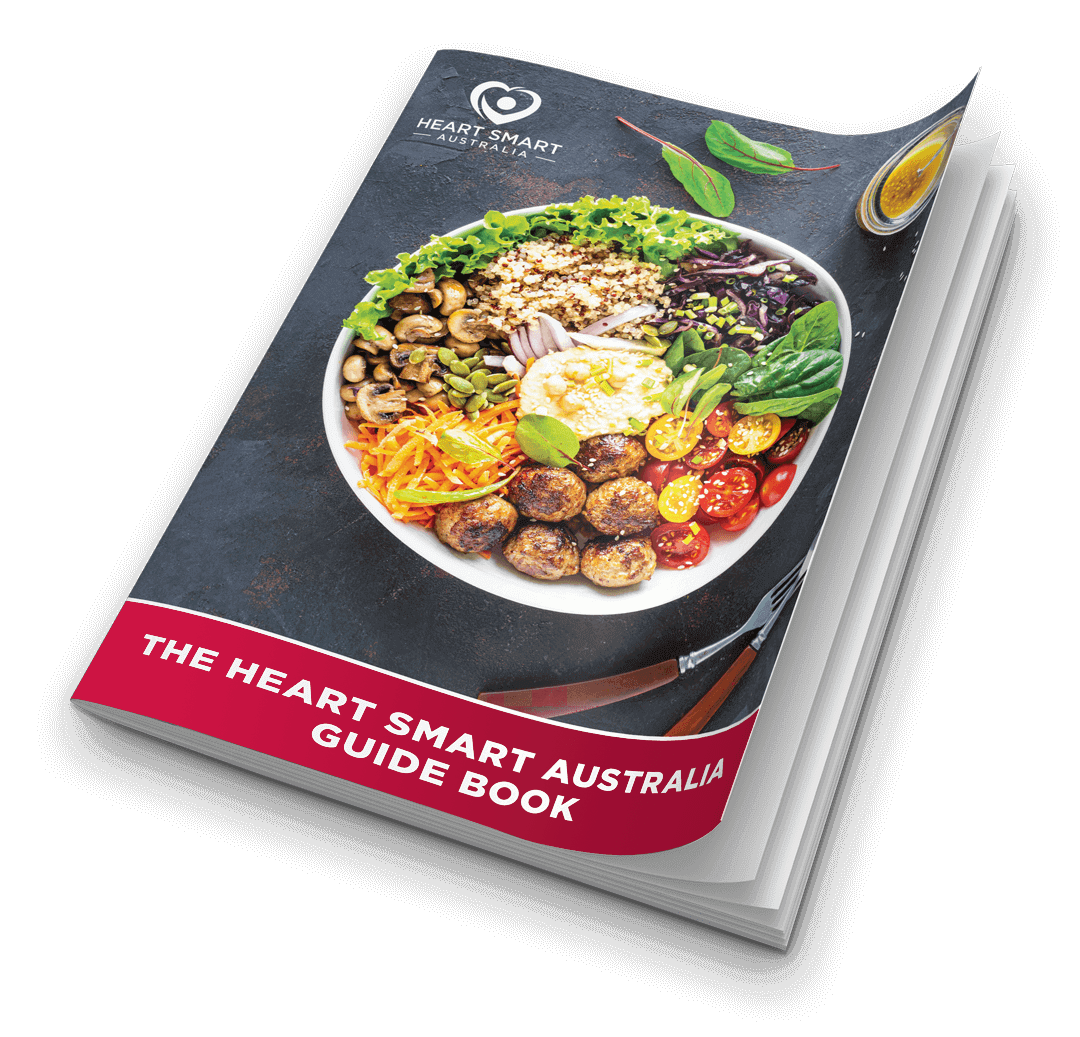Ozempic: Foods to Avoid for Weight Loss Success
Ozempic, a medication initially developed and approved for the treatment of type 2 diabetes, has skyrocketed in popularity as it has emerged as a promising aid in weight loss. This blog article aims to simplify the intricacies of this in demand medication, exploring its mechanism, suitability, and dietary strategies to optimise the ozempic weight loss potential. We’ll also shed light on the common questions regarding which foods are best to include vs which foods are best to avoid whilst taking the medication.
In this article you will learn:
How does Ozempic Work for Weight Loss?
Ozempic, scientifically known as semaglutide, operates by mimicking GLP-1, a hormone that regulates appetite and insulin secretion. (1) This medication not only aids in controlling blood sugar levels but also promotes a feeling of fullness, thereby reducing calorie intake. Ozempic also slows down the process of digestion by increasing the time it takes for food to pass through the digestive system, which is further pivotal in weight management. (1) Originally intended only for type 2 diabetes, Ozempic’s effectiveness in assisting in weight loss for those taking the medication has garnered attention, making it a dual-purpose medication for many. This has seen many doctors prescribing the injection for those struggling to gain control of their weight, ultimately helping to reduce this risk of other chronic health conditions like cardiovascular disease.
What are the side effects of ozempic?
While Ozempic is effective for weight loss and diabetes management, it’s not without any unwanted side effects. Common side effects include:
- Nausea
- Vomiting
- Diarrhoea
- Stomach pain and/or cramps
- Constipation (2)
These gastrointestinal symptoms are often temporary but can be uncomfortable. Ozempic may also cause low blood sugar, especially when combined with other diabetes medications.
Less common but more serious side effects include:
- Pancreatitis
- Kidney problems
- Changes in vision (2)
We recommend that those taking Ozemipic monitor for symptoms of these conditions and seek medical attention if they occur. Understanding these side effects is crucial for anyone considering or currently using Ozempic.
Ozempic: Foods to Avoid While on this Medication
While on Ozempic, foods to avoid are limited. However, diet plays a crucial role in maximising the efficacy of Ozempic and it may also contribute to the exacerbation of Ozempic side effect symptoms.
As Ozempic assists in slowing down digestion, minising foods that are high in fat such as deep-fried foods, high-fat meats, and full-fat dairy products, can minimise discomfort. These foods naturally delay gastric emptying, due to their high fat content, potentially worsening the condition. (3) Additionally, processed foods, sugary snacks, and refined carbohydrates can disrupt blood sugar control. This ultimately undermines Ozempic’s benefits.
However, we want to emphasise the short answer that no foods are to be scrapped from your diet. It is ultimately important to be mindful of these foods, and enjoy them sometimes, rather than everyday.
Are there any Foods to Include while taking Ozempic?
On the other hand, there are definitely some foods we should prioritise as part of a healthy diet whilst taking Ozempic for type 2 diabetes and weight management. Protein-rich foods like:
- lean meats (chicken, turkey, fish)
- legumes (beans, lentils),
- Tofu
- Low-fat dairy products
are important to prioritise while taking Ozempic. They not only provide essential nutrients but also aid in maintaining muscle mass, whilst losing body fat and help in promoting satiety. (4) These foods support a balanced diet and enhance the weight loss effects of Ozempic. It’s also important to remember to eat a variety of foods from the 5 food groups; fruits, vegetables and legumes, grain and cereal foods, dairy and alternatives and lean meats to ensure a nutrient rich diet. (5)
Tips for Success
If you’re looking to optimise the weight loss benefits of Ozempic in conjunction with managing your blood sugar control and reducing your risk of chronic diseases like cardiovascular disease, it’s crucial to combine its use with a healthy lifestyle. Regular physical activity, staying hydrated, and maintaining a balanced diet are key. Additionally, mindful eating practices and portion control can significantly contribute to successful weight management and a reduction in the side effects associated with this medicine.
Conclusion
Ozempic offers an upper hand for weight loss, particularly for those with type 2 diabetes. By understanding the appropriate dietary choices and lifestyle changes, individuals can unlock the full potential of Ozempic for effective weight management.
How we reviewed this article:
- Sources
- History
Heart Smart Australia utilises a variety of credible and reliable sources to support and provide valuable insights into the topic being discussed. From academic journals to government reports, each reference has been carefully selected to add depth and richness of our articles.
- (1) Introduction | 2019). In www.ncbi.nlm.nih.gov. Canadian Agency for Drugs and Technologies in Health.
- (2) Ozempic® Side Effects | Ozempic® (semaglutide) injection 0.5 mg or 1 mg. (n.d.)
- (3) Camilleri, M | 2019). Gastrointestinal Hormones and Regulation of Gastric Emptying. Current Opinion in Endocrinology, Diabetes, and Obesity, 26(1), 3–10.
- (4) The American Journal of Clinical Nutrition | Leidy, H. J., Clifton, P. M., Astrup, A., Wycherley, T. P., Westerterp-Plantenga, M. S., Luscombe-Marsh, N. D., Woods, S. C., & Mattes, R. D. (2015). The role of protein in weight loss and maintenance. The American Journal of Clinical Nutrition, 101(6), 1320S1329S.
- (5) Department of Health and Aged Care | (2021, February 4). Eating well. Australian Government Department of Health and Aged Care.
Our team actively monitors health and wellness advancements, keeping our articles up-to-date with the latest information as it becomes available.




